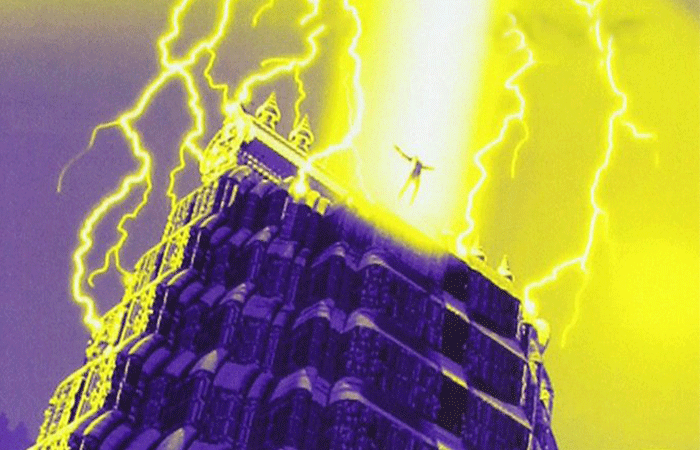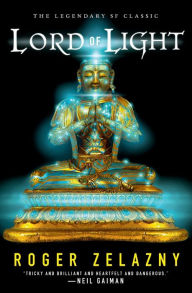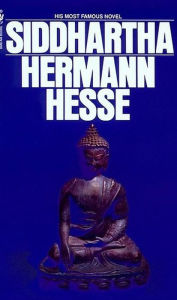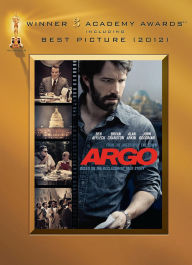Throwback Thursday: Lord of Light Is a Dazzling, Confounding SF Exploration of Religion
 Today, the Western world views India as the maligned home of tech support call centers, a nuclear power, and the “I” in BRIC. When Roger Zelazny wrote Lord of Light back in the ’60s, it was still the exotic subcontinent. The Beatles went there seeking enlightenment and Hermann Hesse’s Siddhartha was a staple in every college bookstore. Zelazny took that mystical aura and turned it into a science fiction tale with the flavor of spice. To give his book a formal style, he starts each chapter with a paragraph of context and a relevant quote from Buddhist works or Vedic Hindu texts like the Upanishads.
Today, the Western world views India as the maligned home of tech support call centers, a nuclear power, and the “I” in BRIC. When Roger Zelazny wrote Lord of Light back in the ’60s, it was still the exotic subcontinent. The Beatles went there seeking enlightenment and Hermann Hesse’s Siddhartha was a staple in every college bookstore. Zelazny took that mystical aura and turned it into a science fiction tale with the flavor of spice. To give his book a formal style, he starts each chapter with a paragraph of context and a relevant quote from Buddhist works or Vedic Hindu texts like the Upanishads.
Lord of Light
Lord of Light
In Stock Online
Paperback $18.99
Arthur C. Clarke’s Third Law states, “any sufficiently advanced technology is indistinguishable from magic.” Advanced technology makes a pretty good approximation of religion too: in Lord of Light, the crew of the passenger spaceship Star of India uses technology to give themselves godlike powers modeled on those of the Hindu pantheon. Initially they use them to defend themselves against the hostile indigenous inhabitants of the planet they’ve landed on. But even after the aliens, styled “demons” in keeping with the Hindu mythological theme, are bound, the crew keeps their enhanced abilities. Calling themselves “the First,” they use their powers to subjugate the passengers and their descendants for hundreds of years. They also reward and punish through a form of reincarnation, as they control the technology that can transfer a person’s atman, or soul, into a new body. The First not only withhold the technology brought with them, they also suppress any technological advances that occur among the general population. They fear that if technology develops beyond a medieval level, it will threaten their supremacy.
One of the First eventually revolts. Zelazny introduces this character thusly in the opening of the first chapter: “His followers called him Mahasamamatman and said he was a god. He preferred to drop the Maha- and the -atman, however, and called himself Sam. He never claimed to be a god. But then, he never claimed not to be a god. Circumstances being what they were, neither admission could be of any benefit. Silence, though, could.” Sam is an “Accelerationist,” believing that technological development should be encouraged.
Arthur C. Clarke’s Third Law states, “any sufficiently advanced technology is indistinguishable from magic.” Advanced technology makes a pretty good approximation of religion too: in Lord of Light, the crew of the passenger spaceship Star of India uses technology to give themselves godlike powers modeled on those of the Hindu pantheon. Initially they use them to defend themselves against the hostile indigenous inhabitants of the planet they’ve landed on. But even after the aliens, styled “demons” in keeping with the Hindu mythological theme, are bound, the crew keeps their enhanced abilities. Calling themselves “the First,” they use their powers to subjugate the passengers and their descendants for hundreds of years. They also reward and punish through a form of reincarnation, as they control the technology that can transfer a person’s atman, or soul, into a new body. The First not only withhold the technology brought with them, they also suppress any technological advances that occur among the general population. They fear that if technology develops beyond a medieval level, it will threaten their supremacy.
One of the First eventually revolts. Zelazny introduces this character thusly in the opening of the first chapter: “His followers called him Mahasamamatman and said he was a god. He preferred to drop the Maha- and the -atman, however, and called himself Sam. He never claimed to be a god. But then, he never claimed not to be a god. Circumstances being what they were, neither admission could be of any benefit. Silence, though, could.” Sam is an “Accelerationist,” believing that technological development should be encouraged.
Siddhartha by Herman Hesse (Full Version)
Siddhartha by Herman Hesse (Full Version)
In Stock Online
eBook $2.99
The narrative structure can be confusing. The last sentence of the first chapter—“Sam stared ahead, remembering”—is the only clue that the second chapter starts with an extended flashback. The story does not catch up again until the end. In flashback, Sam begins his revolt against the gods on an ideological level, introducing Buddhist concepts to undermine the Hindu-based societal structure. He seeks allies among the gods, and the demons he’s vanquished, to launch a frontal assault against Heaven, the polar retreat of the First. Sam is defeated, but it is a pyrrhic victory for Heaven. His atman is trapped in the ion rings around the planet, and it seems he cannot be killed. Many demi-gods, and even some of the gods, are killed in the battle. And some of them defect. Two of these renegade gods, Yama and Ratri, retrieve Sam’s atman and return him to a bodily form. The final chapter tells the story of a complicated conflict between the reincarnated Sam, the remaining gods in Heaven, the demons, and Nirriti, the former starship chaplin. Nirriti, wielding technology and an army of zombies, seeks not only to destroy the gods, but to stamp out Hinduism in favor of Christianity. The novel ends in ambiguity, relating four tales told about the fate of Sam, the Lord of Light; and two about the fate of Yama, the deathgod. But the narrator waxes philosophically that it does not matter because, Death and Light are everywhere, creating, perhaps, a thing of beauty.
The narrative structure can be confusing. The last sentence of the first chapter—“Sam stared ahead, remembering”—is the only clue that the second chapter starts with an extended flashback. The story does not catch up again until the end. In flashback, Sam begins his revolt against the gods on an ideological level, introducing Buddhist concepts to undermine the Hindu-based societal structure. He seeks allies among the gods, and the demons he’s vanquished, to launch a frontal assault against Heaven, the polar retreat of the First. Sam is defeated, but it is a pyrrhic victory for Heaven. His atman is trapped in the ion rings around the planet, and it seems he cannot be killed. Many demi-gods, and even some of the gods, are killed in the battle. And some of them defect. Two of these renegade gods, Yama and Ratri, retrieve Sam’s atman and return him to a bodily form. The final chapter tells the story of a complicated conflict between the reincarnated Sam, the remaining gods in Heaven, the demons, and Nirriti, the former starship chaplin. Nirriti, wielding technology and an army of zombies, seeks not only to destroy the gods, but to stamp out Hinduism in favor of Christianity. The novel ends in ambiguity, relating four tales told about the fate of Sam, the Lord of Light; and two about the fate of Yama, the deathgod. But the narrator waxes philosophically that it does not matter because, Death and Light are everywhere, creating, perhaps, a thing of beauty.
Argo
Argo
DVD $11.99
Zelazny’s work won the Hugo Award and was nominated for the Nebula. It also had a bit part in an Oscar winning film: work was started on a big screen adaptation of Lord of Light, but the film was never completed due to legal problems (Jack Kirby, noted comic book artist, had designed the set). The CIA acquired the script and set designs and used them as part of a ruse involving a fake film shoot to rescue U.S. embassy personnel during the Iranian hostage crisis. The CIA retitled the imaginary movie Argo, which Ben Affleck borrowed for the name of his film about the rescue operation. That movie won three Oscars, including best picture. Lord of Light is still waiting for its adaptation, but the book remains an essential read.
Zelazny’s work won the Hugo Award and was nominated for the Nebula. It also had a bit part in an Oscar winning film: work was started on a big screen adaptation of Lord of Light, but the film was never completed due to legal problems (Jack Kirby, noted comic book artist, had designed the set). The CIA acquired the script and set designs and used them as part of a ruse involving a fake film shoot to rescue U.S. embassy personnel during the Iranian hostage crisis. The CIA retitled the imaginary movie Argo, which Ben Affleck borrowed for the name of his film about the rescue operation. That movie won three Oscars, including best picture. Lord of Light is still waiting for its adaptation, but the book remains an essential read.


